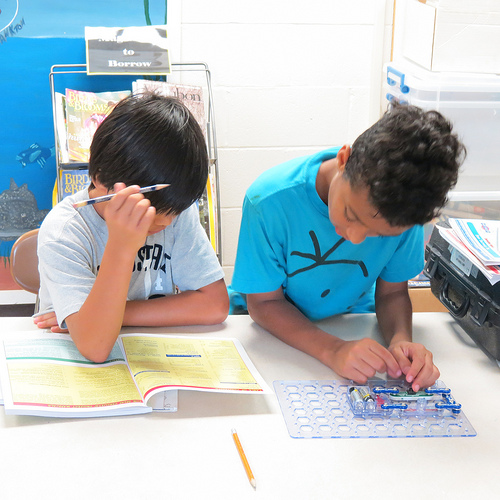California Foster Youth 'Invisible' And Underserved

The report, published by the education research agency Center for the Future of Teaching and Learning at WestEd, examined data on foster care students in public California schools.
"This is the first time that data provides a baseline," said Holly Jacobson, Director of the Center for the Future of Teaching and Learning at WestEd. "It reveals achievement gaps that had not up to this point been revealed."
The report comes as California is setting out to become the first state in the nation to track the academic progress of foster care students. According to Jacobson, school districts will submit plans for approval to address achievements gaps, particularly for students who are English language learners, socioeconomically disadvantage and in foster care.
"This is a great opportunity," said Jacobson. "Moving forward, it is critically important to address achievement gaps and share data between state education and child welfare agencies at a county and district level."
Data collected during the 2009-10 academic year showed 43,140 of the nearly 6 million California K-12 students have spent some period of time, at some point that year, in child welfare supervised foster care.
The report showed that the majority of students—and more than 10 percent of California's entire foster youth student population—were enrolled in L.A. Unified Schools, and that Los Angeles County had the largest number of public school students in foster care of any county in the state.
The report also concluded that foster care students are more likely to be placed in failing schools, and that Latinos accounted for almost 50 percent, and African Americans making up 26 percent, of foster care youth in L.A. Unified.
L.A. Unified and the county's Department of Children and Family Services implemented a similar data-sharing program last year. Additional information from the study, including the specific areas in which foster care students require the most attention will be released in a CTFL CenterView report later this year.
"California's foster youth are invisible," said Jacobson. "We have not been systematically collecting data, and it's hard to target practice and policy if you don't have outcome data."
Reach Staff Reporter Olivia Niland here. Follow Olivia Niland on Twitter @olivianiland.



